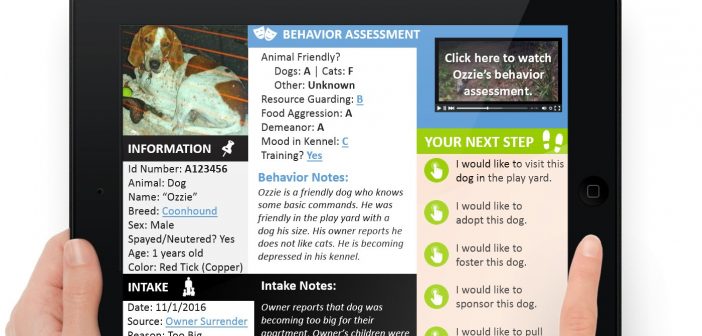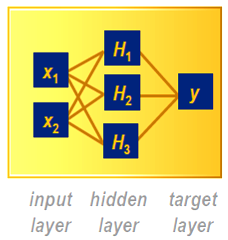SAS Voices
News and views from the people who make SAS a great place to work
Machine learning is not new. SAS has been doing it for over 20 years and some early machine learning papers date back to the 50’s. So why is it one of the hottest topics at the Strata Hadoop World conference later this week? Clearly, Hadoop is playing a major role

As the federal government’s ability to collect personally identifiable information has increased drastically in recent years, so have attacks targeting that information. Insider threats are of particular concern, according to the Government Accountability Office's 2015 bi-annual High Risk Report. The GAO specifically states, “Risks to cyber assets can originate from

A few years ago, in the height of my workaholism, I took up a hobby. I go to sketchy neighborhoods around L.A. and hang out with dogs I don’t know. I have a long history of adopting and fostering shelter dogs, often getting them out on their “euth dates.” With

Lately there seems to be a surge in the term machine learning. Much like big data a few years ago, machine learning is the new buzzword -- and the two terms actually go hand in hand. With increasing volumes of data now stored in distributed environments such as Hadoop, it's

If a picture is worth a thousand words, then visualizing data in Hadoop would be like a billion. Over the last few years, organizations have rushed to leverage the low-cost distributed computing and storage power of Hadoop clusters. As Hadoop environments mature and move away from their initial focus of

You’ve likely heard the news that the Google DeepMind “AlphaGo” computer not only beat a human expert at the game of Go, defeating the European Go champion, Fan Hui in five straight games, but also beat the reigning world champion grandmaster, South Korea’s Lee Sedol, 4 games to 1. Go




